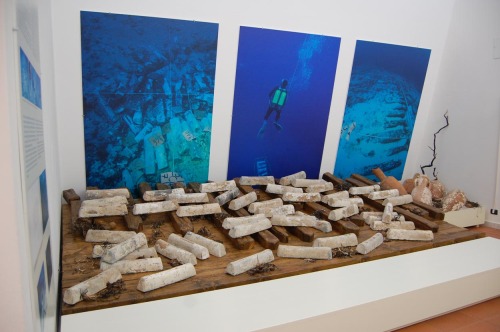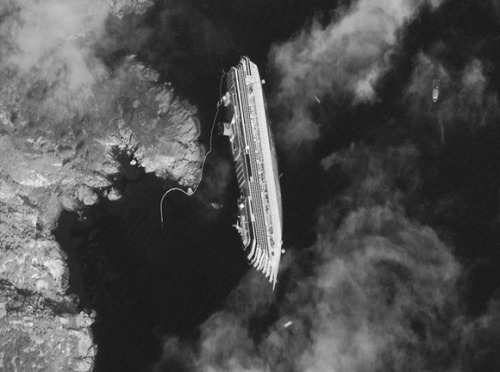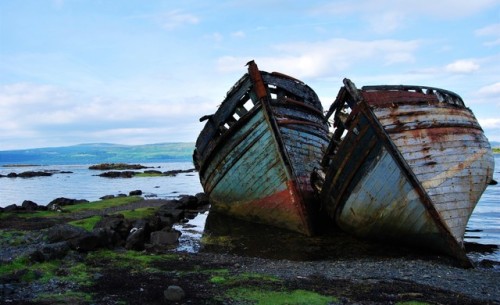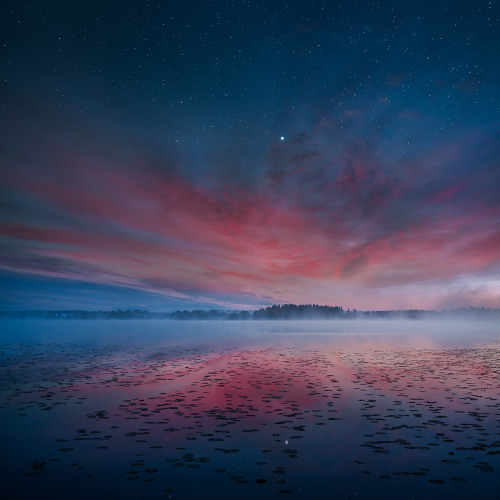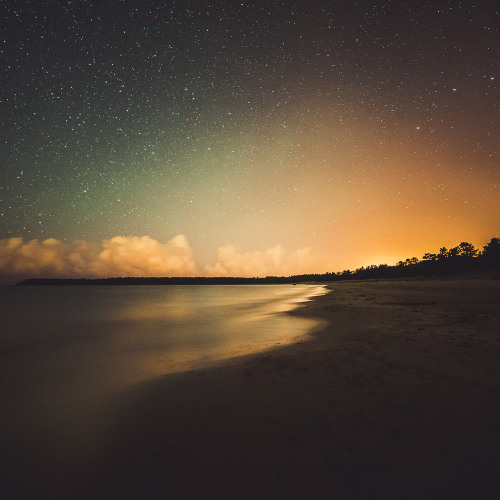#shipwreck

NOAA and partners today announced the discovery of the wreck of a 207-year-old whaling ship, called Industry, found on the bottom of the Gulf of Mexico. The remains of the 64-foot long, two-masted wooden brig opens a window into a little known chapter of American history when descendants of African enslaved people and Native Americans served as essential crew in one of the nation’s oldest industries.
“Black and Native American history is American history, and this critical discovery serves as an important reminder of the vast contributions Black and Native Americans have made to our country,” said U.S. Deputy Secretary of Commerce Don Graves. “This 19th century whaling ship will help us learn about the lives of the Black and Native American mariners and their communities, as well as the immense challenges they faced on land and at sea.” Read more.

The wreck of the steam-yacht Endurance, which famously sank in 1915 during an Antarctic expedition by the polar explorer Ernest Shackleton, has been rediscovered by searchers using autonomous underwater vehicles.
The shipwreck was found at a depth of 9,869 feet (3,008 meters) beneath West Antarctica’s Weddell Sea, according to the Falklands Maritime Heritage Trust (FMHT), which sponsored the search.
That’s only about 4 nautical miles (7 km) south of the location fixed by the ship’s captain, Frank Worsley, who used a sextant to record the position of its sinking after several months of the ship being surrounded and eventually crushed by ice. Read more.
Lead ingot with inscribed stamp of the manufacturer. The ingot was found, with other one thousand pieces, in a Roman shipwreck located in 1989 in the stretch of sea between the coast of Sinis and the island of Mal di Ventre, in Sardinia.
This load of lead ingots is the biggest one ever documented in the ancient world. It was placed in the center of the ship and consisted of about one thousand ingots, all trapezoidal in shape, weighing about 33 kg each. Many of the ingots were still lined up and stacked in their original positions because apparently, the vessel sank slowly and almost vertically without tipping the load. The ingots each have an epigraphic cartouche (mold marks) bearing the name of the manufacturers, such as:
Soc(ietatis) M(arci) C(ai) Pontilienorum M(arci) f(iliorum)
indicating the“Company [owned] by Marcus and Caius Pontilienus, sons of Marcus”.
In collaboration with the National Institute of Nuclear Physics and the Institute of Isotope Geochronology and Geochemistry, CNR of Pisa, numerous analyses were undertaken on the ingots. The results of these analyses have been published and presented at various exhibitions in Europe and America. The analyses have demonstrated the exceptional purity of the metal in the ingots, which came from the Sierra mining region of Cartagena, Spain, which is also probably where the ship sailed from during the first century BC. The final destination of the ship is not known.
1st century BC
© Museo Civico Giovanni Marongiu, Cabras (Italy) [x]
Post link


Gold bar recovered from the SS Central America, which sank in 1857.
from Stack’s Bowers Gallery
The shipwreck of an old Portuguese steamer that ran aground in 1908, but still in place a century later, along the Skeleton Coast in Namibia.
Post link
Costa Concordia Shipwreck From Space
The deadly Costa Concordia shipwreck has been captured in a stunning high resolution image from space that vividly shows the magnitude of the disaster, with the huge luxury cruise ship precariously tipped on its side just off of the Tuscan coastline of the Italian Island of Giglio [Isola del Giglio].
The newly released image was taken by a commercial space satellite owned by DigitalGlobe flying some 300 miles overhead in low Earth orbit. The photo from a WorldView satellite was snapped on January 17, 2012 and shows exactly where the cruise ship ran around five days ago on Friday, January 13, 2012.
Post link

We are ready to dive in!
Tune into the Valor in the Atlantic mission, taking place in Monitor National Marine Sanctuary. The NOAA ship, Nancy Foster, has departed and the mission is scheduled to end on May 25, 2022. This is the first in-depth, multidisciplinary survey of the iconic Civil War ironclad, USS Monitor, and surrounding shipwrecks since the 2002 expedition. What will we find this time?
Visit the Valor in the Atlantic livestream:
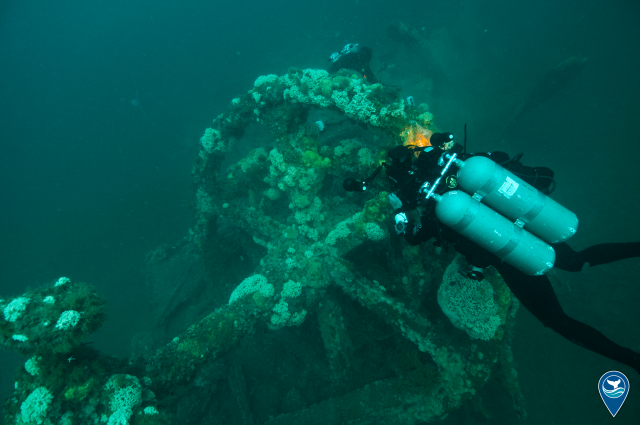
Are you as excited for the Valor in the Atlantic mission as we are?
Tomorrow we will be returning to the resting place of the USS Monitor, America’s first national marine sanctuary, as we celebrate the upcoming 50th Anniversary of the National Marine Sanctuary System. The Civil War vessel, which sank 160 years ago, will be visited with state-of-the-art technology and systematically surveyed for the first time since Monitor’s turret was recovered in 2002.
Watch our press briefing before we dive in tomorrow with GFOE:

Announcing: Valor in the Atlantic Expedition
Beginning May 15, the public can join NOAA scientists and partner researchers as they explore the shipwreck of USS Monitor, natural reefs, and the maritime cultural landscape off the North Carolina coast.
The two week mission–titled Valor in the Atlantic–will use state-of-the-art underwater drones and other technologies to explore notable sites surrounding America’s first National Marine Sanctuary. The Global Foundation of Ocean Exploration is providing much of the technology for the mission, which will be live streamed in real-time to the public from NOAA Ship Nancy Foster.
Collaborating with dozens of museums, aquariums, educators, and other organizations, the broadcast will showcase nationally significant sites located in the waters off the North Carolina coast and their biological communities to students, educators, scientists and the public, literally bringing the wonders of these ocean treasures to life.
The mission will run May 15 through May 25, 2022 as weather and dive conditions permit.
Valor in the Atlantic 2022: Return to USS Monitor Will Stream Live

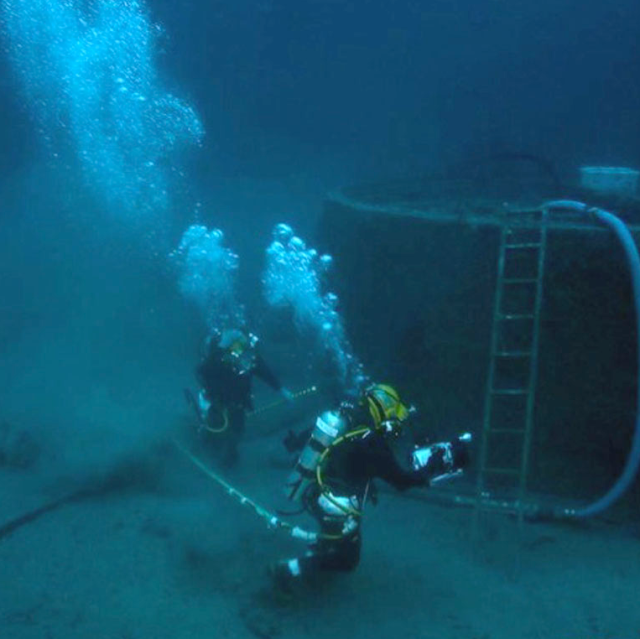
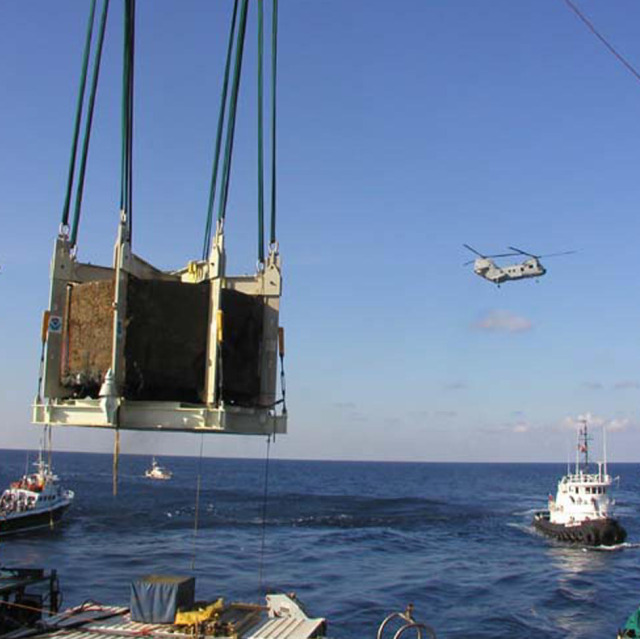
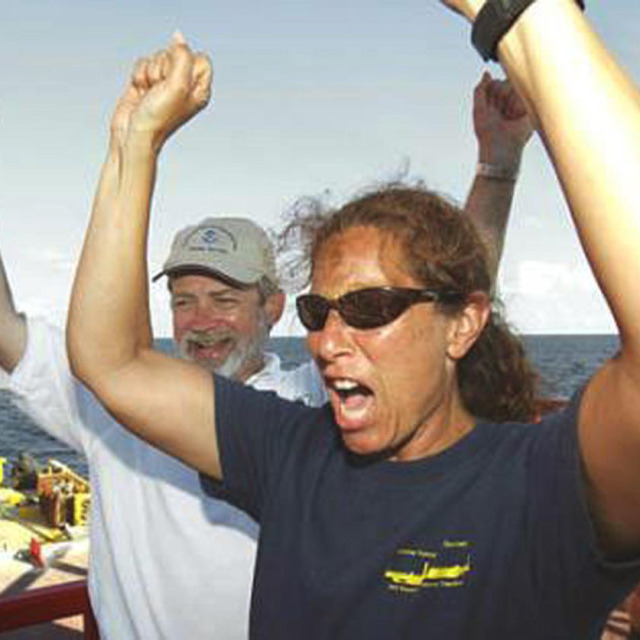
On August 5, 2002, nearly 140 years after the sinking of the historic Civil War ironclad, USS Monitor, Monitor’s gun turret was raised 240 feet from the depths of the Atlantic Ocean off Cape Hatteras, North Carolina in Monitor National Marine Sanctuary.
During this act to recover the significant Civil War naval artifact, US Navy divers discovered the remains of the Monitor crew that were also recovered with the ship’s turret. The two sailors were later buried, with full military honors, at Arlington National Cemetery.
Next week, NOAA will be conducting the first in-depth, multidisciplinary survey of the iconic Civil War ironclad, USS Monitor, since this remarkable expedition. Join us on May 15 as we continue to explore the Monitor and surrounding historic shipwrecks during the Valor in the Atlantic project in partnership with the Global Foundation for Ocean Exploration.
Another shot of the embroidered leather gown that I finished a few days ago, as part of my new collection that will release on November 27th. #toxicvision #handcrafted #devilsgarden #gown #embroidery #leather #altfashion #darkfashion #darkart #dress #abandoned #shipwreck
Post link
The “Betty” Bomber is a Japanese Navy bomber that was a technological game-changer for Japan during WW2. This particular airplane was claimed by the Pacific over seventy years ago - photo taken at Chuuk Lagoon, Micronesia
Post link
Tangfish (that’s me!) photographing the shipwreck of the U.S.S. Kittiwake - photo taken by Sandy Sondrol at West Bay, Grand Cayman, Caribbean Sea
Post link




